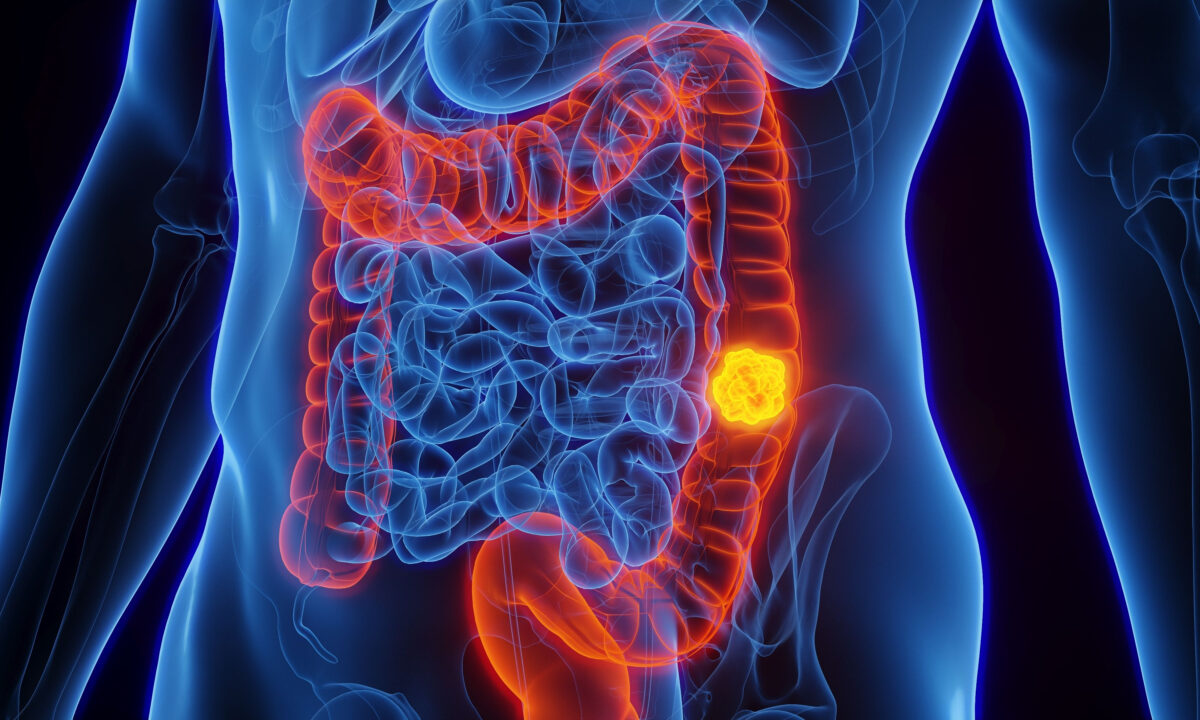
While cancer is a disease that most commonly affects people over 50 years old, a joint U.S.-UK cancer funding review found that over the past 30 years, there has been a rise in cancer rates among people under 50 in multiple countries.
“From our data, we observed something called the birth cohort effect,” Dr. Shuji Ogino, a Harvard professor and physician-scientist in the Department of Pathology at the Brigham and Women’s Hospital, said about the review published in Nature Reviews Clinical Oncology (pdf). “This effect shows that each successive group of people born at a later time—e.g., a decade later—have a higher risk of developing cancer later in life, likely due to risk factors they were exposed to at a young age.”
Individuals born in 1960 are more likely to develop cancer before reaching age 50 than those born in 1950. Furthermore, this risk is expected to rise in future generations persistently.
In the UK specifically, since the early 1990s, the incidence rates of all types of cancer reviewed have also increased for all age groups, according to the latest data available. However, the most significant increase in incidence rates is observed among individuals aged 25 to 49. While incidences with other major body organs also appear to be increasing in this age group, the steepest rise was in bowel cancer, which saw a 48 percent increase since the early 1990s.
On a global scale, the cancer review revealed that out of the 14 types of cancer witnessing rising prevalence, eight of them—colorectal, esophageal, extrahepatic bile duct, gallbladder, head and neck, liver, pancreatic, and stomach cancers—affect various components of the digestive system.
“The food we eat feeds the microorganisms in our gut,” Dr. Tomotaka Ugai, lead author and epidemiology researcher, said in a press release. “Diet directly affects microbiome composition, and eventually, these changes can influence disease risk and outcomes.”
Additionally, for those under 50, some of the cancers that are increasingly being found appear more aggressive than those in older people, such as bowel, breast, and prostate tumors.
Although it has been suggested that the increase in cancer cases could be attributed to the implementation of bowel cancer screening programs in the mid-2000s, screening for individuals under 50 remains limited in most countries. In the United States, screening for colorectal cancers is recommended to begin at age 45, while European countries typically focus on individuals 50 and older.
Is Weight Gain Responsible?
Individual cancer risks can vary based on many factors, including genetic predisposition, diet, lifestyle, and other environmental factors. Still, the rising rates of obesity worldwide may explain the higher rate of cancers.
In Europe, obesity rose by 21 percent from 2006 to 2016 and 138 percent from 1975 to 2022, according to the World Health Organization’s (WHO) European Obesity Report (pdf).
A new study recently demonstrated that obese or overweight men and women are at increased risk of developing certain types of cancers.
The report, released on June 12, found that both across-the-body fat accumulation and fat distribution in different parts of the body create diverse cancer risks that depend on a person’s sex. The cancers identified include colorectal, esophageal, and liver.
Researchers Mathias Rask-Andersen and Åsa Johansson from Uppsala University in Sweden say that the study’s findings could change how we assess a person’s cancer risks.
“Doctors and scientists are aware that obesity increases cancer risk, but this connection is less well known to members of the public,” said the study’s first author, Rask-Andersen.
“Fat stored in the abdomen is considered more pathogenic compared to subcutaneous fat. In addition, the amount of fat stored in different compartments, as well as the rates of most cancers, is known to differ between females and males. These facts motivated a careful sex-stratified analysis of adiposity-related cancer risk,” said Johansson.
Additionally, Johansson said there appeared to be a difference in the effect of obesity on cancer risk, not only between males and females but also between post- and premenopausal females.
“Most remarkable, obesity is only a risk factor for breast cancer after menopause, probably due to the change in estrogen production in association with menopause,” she said.
Specifically, the study found that in women, obesity increased the risk of gallbladder cancer, endometrial cancer, and esophageal adenocarcinoma. In men, it was demonstrated to increase the risk of breast cancer, hepatocellular carcinoma (the most common form of liver cancer), and renal cell carcinoma.
Ultimately, the study found that most cancers, except brain, cervical, and testicular cancers, were associated with at least one obesity-related trait.
A limitation of the cancer review is the insufficient data available from low- and middle-income countries, hindering the identification of trends in cancer incidence over the years. To address this, the researchers plan to use advancements in information technologies and artificial intelligence to bridge the research gaps.
“We aim to collect health data, potentially from electronic health records,” according to Ugai. “I believe it will yield us more accurate insights into cancer risk for generations to come.”


















































